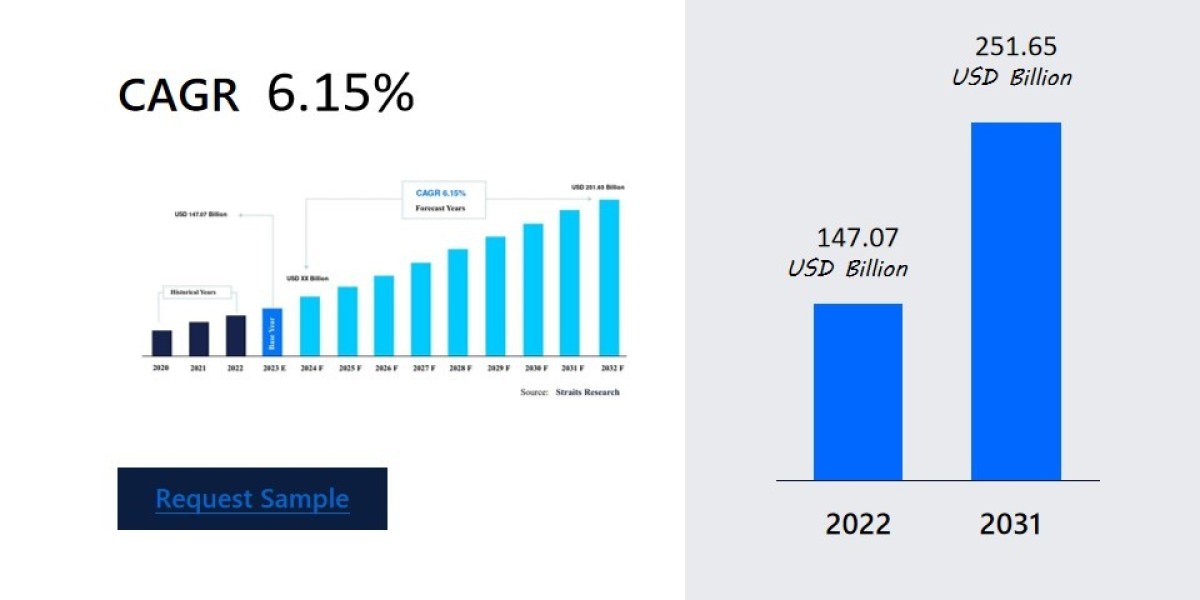Managing parameters in Power BI refers to the process of defining and controlling the values of parameters used within a Power BI report or dataset. Parameters in Power BI allow users to create dynamic and interactive reports by enabling them to change certain values or settings without modifying the underlying data or report structure.
In Power BI, parameters act as placeholders for values that can be modified by report consumers or authors. Parameters can be used in various scenarios, such as filtering data, defining calculation logic, or customizing report visuals based on user preferences. Managing parameters involves creating, configuring, and maintaining these placeholders to provide flexibility and interactivity to report users. By obtaining Power BI Training, you can advance your career in Power BI. With this course, you can demonstrate your expertise in Power BI Desktop, Architecture, DAX, Service, Mobile Apps, Reports, many more fundamental concepts, and many more critical concepts among others.
The process of managing parameters in Power BI typically involves the following steps:
1. Defining parameters: Parameters are created by specifying their name, data type, and initial value. Power BI supports various data types for parameters, including text, whole numbers, decimal numbers, dates, and more.
2. Configuring parameter properties: Parameters can have additional properties that determine their behavior and interaction with the report. For example, you can specify whether a parameter should allow multiple values, set minimum and maximum values, or define default values.
3. Incorporating parameters in queries: Parameters are often used in query definitions to filter or manipulate data. In Power Query Editor, you can reference parameters and use them as variables within query steps. This allows you to dynamically control the data retrieved and processed by the queries.
4. Binding parameters to visuals or calculations: Parameters can be linked to report visuals, measures, or calculations to enable user-driven customization. For example, a parameter can be used to filter data displayed in a visual or control the calculation logic of a measure based on user input.
5. Testing and validation: It is important to test and validate the behavior of parameters within the report. This includes verifying that the parameter values are correctly applied to queries, visuals, or calculations and that the report behaves as expected when parameters are modified.
6. Publishing and sharing:Once parameters are properly configured and validated, the Power BI report can be published and shared with other users. Parameters allow consumers of the report to interact with the data and customize their viewing experience by adjusting parameter values.
Managing parameters in Power BI provides users with greater control and flexibility in exploring and analyzing data. It enables dynamic filtering, personalized calculations, and interactive report experiences. By defining and configuring parameters, report authors can deliver more interactive and user-centric reports that cater to the specific needs of their audience.



